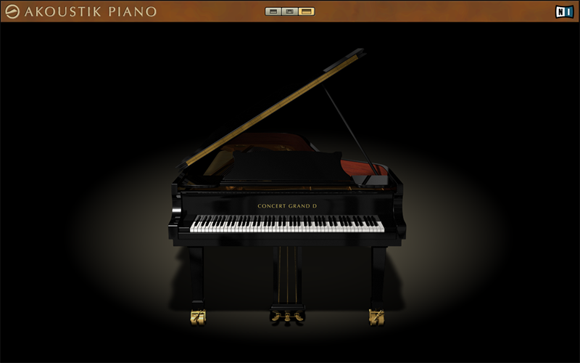
Now that the rest of our studio has gone digital, the approach to producing score for acoustic instruments has changed, too. Here’s a look at some of my favorite toys and tools for keeping music flowing.
You’d have to be a true Luddite to argue that word processors are bad for writing. Blogs, perhaps, sometimes inspire poor writing (ahem), but it’s more difficult to blame technology. The original argument that word processors would end the process of drafting and revision is absurd to anyone who’s spent long hours slaving over text in Microsoft Word. Our attitudes have changed as we’ve grown accustomed to the technology.
When it comes to music notation, though, there’s still an uncomfortable relationship between composers and computer scoring. That’s understandable: producing a score is a lot more involved than typing words, and even with modern software filled with keyboard shortcuts, scoring music is slow in any medium. But, even as some traditionalist composition teachers preach against the “evils” of computer notation (you know who you are), I think computers are becoming part of an elaborate digital creation process, even for composers working on entirely acoustic scores. Leaving out the tried-and-true methods of drinking tea/coffee, stopping for sandwich breaks, and outright procrastination, here are the tools I consider essential to my studio:
- Native Instruments Akoustik Piano: I miss the days of huddling over my college’s Steinway Ds, especially when I caught them just after tuning. Akoustik Piano has become an addiction: in the confines of a Manhattan apartment, you can transform a lowly weighted keyboard into a piano, then place it in a virtual rehearsal studio or hall, tweaking the sound exactly to your liking. (You can even put the lid up or down.) It’s impossible not to relax and start to let ideas flow with a software instrument that sounds this good. The resonance of the instrument and the convolution reverb make the sounds come alive. And yes, you can even switch to quarter-tone mode if you decide to go microtonal. I’ve wedged my PC laptop with a copy of Akoustik Piano next to my Alesis QS8 specifically for the purpose of writing. Akoustik Piano is also gifted with a built-in recorder so you can save improvised ideas.
- Sibelius 4: Sibelius is the one notation program that is able to seamlessly hide its capabilities so you can focus on the score. Visually, you can tuck menus and toolbars away, hiding everything on Windows’ full-screen mode and most on-screen elements on the Mac. That leaves just your notation on screen, and the on-screen view in Sibelius easily beats any competing program. Sibelius’ keyboard shortcuts are also well-implemented and easy to learn (Finale adopted much of the same layout in recent version), so you can touch-type your music. Finale is capable, yes, but Sibelius is consistently elegant where Finale is not, and I’ve even found ways of producing unusual notation by pushing the envelope of Sibelius’ engraving rules and staff and notehead types. (I know a lot of you are die-hard Finale users, but I have to admit it’s Sibelius that gets booted off my hard drive more than Finale.)
- GarageBand: On the Mac, I enjoy GarageBand’s integrated notation features (as of version 3) as a quick sketchpad for ideas played on the piano. I’m looking for something that feels as immediate on PC, but I haven’t found it. Transcribing MIDI is easier than working with a tape recorder, even with the metronome switched off. That said, I talk to many people who keep a . . .
- Cell Phone Audio Recorder: It’s the modern equivalent of a dictaphone. I go as fancy as using my Windows Mobile-powered smartphone to transfer WAVs of ideas to my computer. Lacking that, though, there’s always voicemail; I just interviewed a band (People in Planes) whose drummer records riffs on the road by leaving himself messages. And tape recorders still work nicely.
- Paper: If you want to waste time, get in a discussion about whether composing onto paper or into a computer is better. It’s silly, because there’s a simple solution: keep a computer by your paper, and keep paper by your computer. When you start to suck time arranging notes on paper, you can switch to the computer. When the computer starts to make your head hurt (or crashes, or your eyes start blurring), you’ve got the paper. And really, will we ever want to give up entirely on our chicken scratch? Aside from the ability to print out blank manuscript paper from notation software (which finally lets you create staves that are exactly the size you want and spaced out so you can scrawl extra ideas between), there’s always the new Moleskine music notebook.
Much of this holds true whether you’re a Juilliard-trained orchestral composer or just a songwriter. But tell us: what’s in your studio? Hit comments to let us know, and remember we have a new online forum for discussing composing and music making.